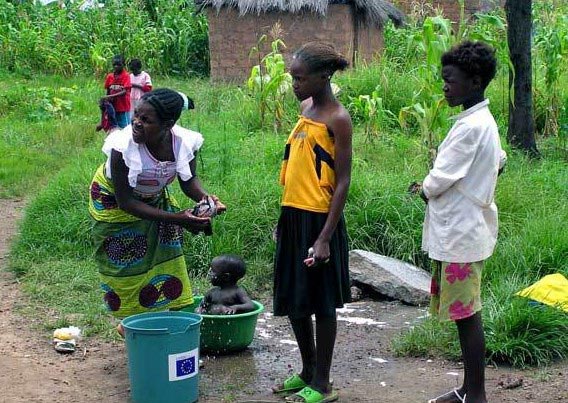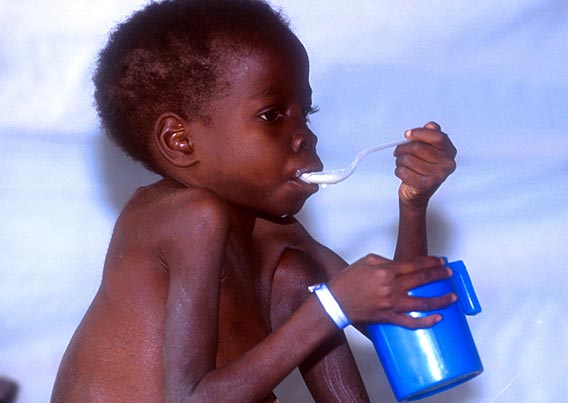About Angola
About Angola



Rebuilding Hope and Health
Statistics for Angola
| Total population (2014) | 24,000,000 |
| Total health spending per capita (2012) $ | 71 |
| Total physicians per capita (per 100,000 population, 2012) | 2.0 |
| Infant mortality rate (dying before five years of age, 2012, %) | 20 |
| Maternal mortality rate; death caused by an aggravated pregnancy (per 100,000, 2012) | 610 |
| Life expectancy at birth m/f (years, 2012) | 50/52 |
| Population without direct access to primary healthcare (%, 2012) | 50 |
Barriers to Healthcare in Angola



Lack of essential life-needs:
Lack of clean water, proper nutritional elements and education foundationally contribute to the overall poor healthcare status of the population.
Lack of essential life-need elements has lead to the highest child and maternal mortality rates in the world; death statistics of 6:1000 and 1:5 respectively
High cost of healthcare:
Individuals currently carry the highest burden of healthcare costs.
Majority of Angola’s workforce work in the informal economy and therefore do not have health insurance.
Advanced, referral hospitals are located in Luanda, the capital, or in the neighboring country of Namibia, both of which is a huge distance from most of the rural areas in Angola.
Poor access to health care resources:
Depleted healthcare service infrastructure and huge distances from primary healthcare facilities.
More than half of Angola’s population lives below the poverty line (US$2/day).
Government spending on healthcare as % of total GDP was 3.5 % in 2013 (World Bank).
The health sector relies mainly on funding from the public sector, but challenges existing in the distribution of funding to the lowest levels of society.
Lack of trained physicians / surgeons per capita:
Angola faces a significant shortage of physicians, with only 2,000 in the entire country, according to the World Health Organization (WHO). Whereas the United States counts on 26 physicians per 10,000 people, Angola has just two doctors per 10,000 residents, a ratio that is below average for the Africa region.
Few hospitals have the necessary physical and human resources available to offer high-quality medical services.
Angola has one of the highest net emigration rates for doctors, in the world; 70% of Angolan doctors have left Angola for other countries.
How is CEML Responding?
Clínica CEML’s mission is to show God’s love to Angolans by offering quality medical assistance in a holistic manner.
CEML continuously strives to provide excellent healthcare to the most vulnerable patients. In only its seventh year of operation, Clínica CEML Hospital has embraced a financial sustainability model with a focus on providing the highest quality care and education of Angolan medical professionals.
- Partnerships with hospitals, physicians and corporations in North America to acquire medical equipment.
- Partnership with Mission Aviation Fellowship in Angola to provide vital, time saving aviation transportation to personnel and in medevac services.
- Major medical staff positions are filled by missionary expatriates who raise their own salaries in their home country before arriving in Angola, thus allowing for the subsidization of healthcare costs at the hospital.
- Subsidization of healthcare costs for the most vulnerable patients, through the following funds: The Fistula Foundation and CBM.
- Partnerships with Canadian-based universities and hospitals to facilitate visiting academia / residents / researchers to CEML.
- Located in the southern city of Lubango, a transportation hub and commercial center that facilitates hospital operation.
- Patient fees are kept very low through subsidies, but still cover the operating costs. The purchase of capital expenses is provided by foreign donations from across the globe.
- Actively seeking external funding internationally through proposal writing and fundraising initiatives.

